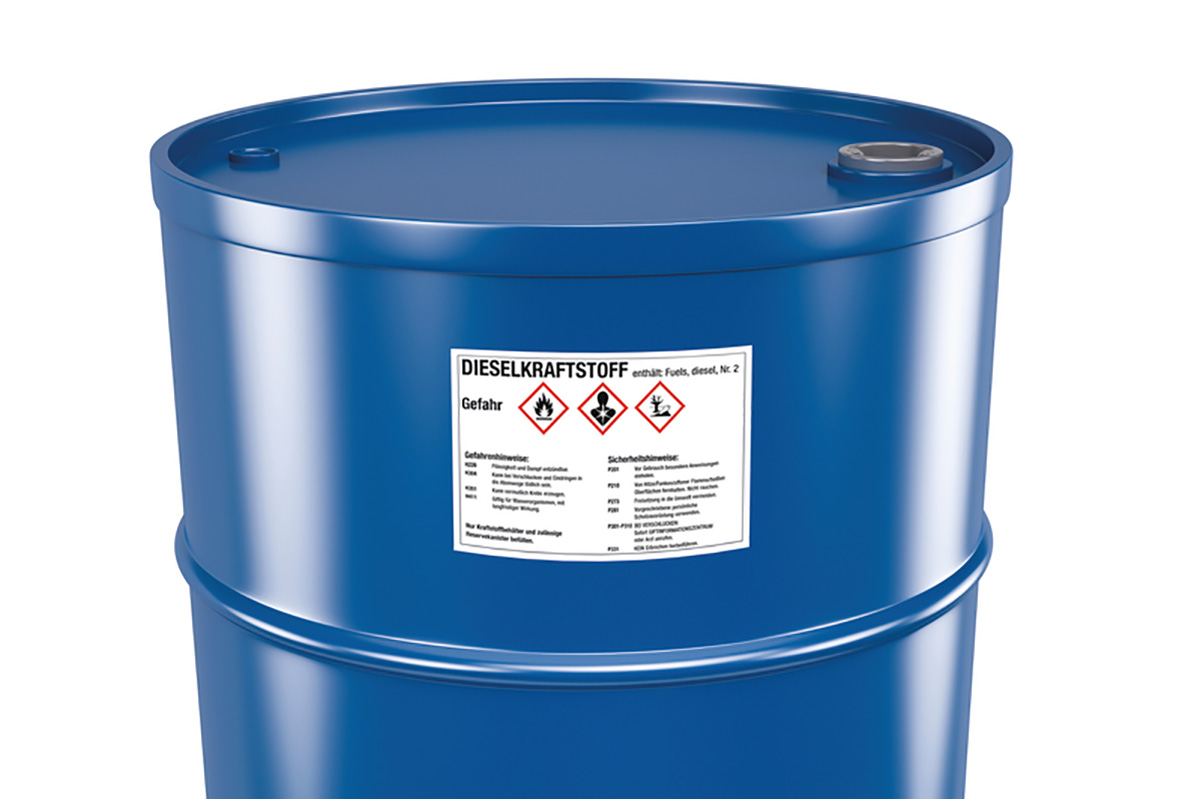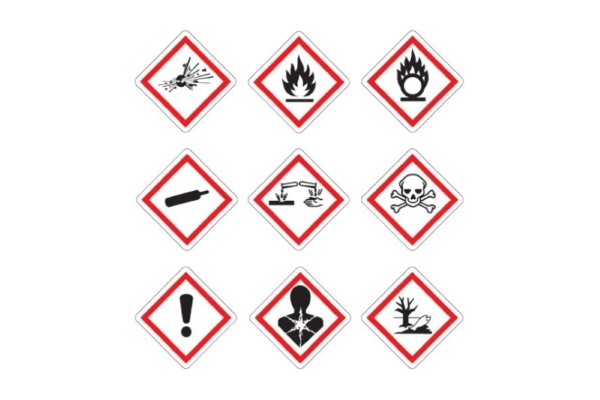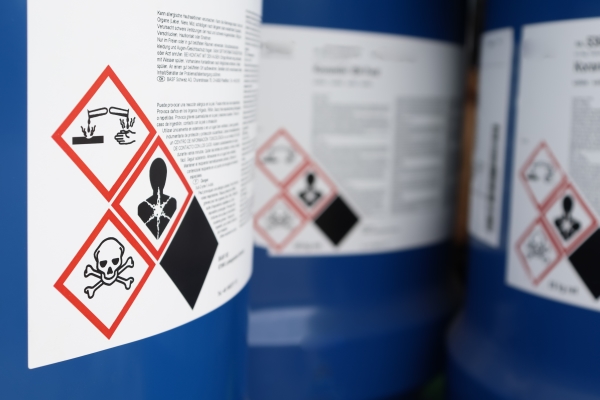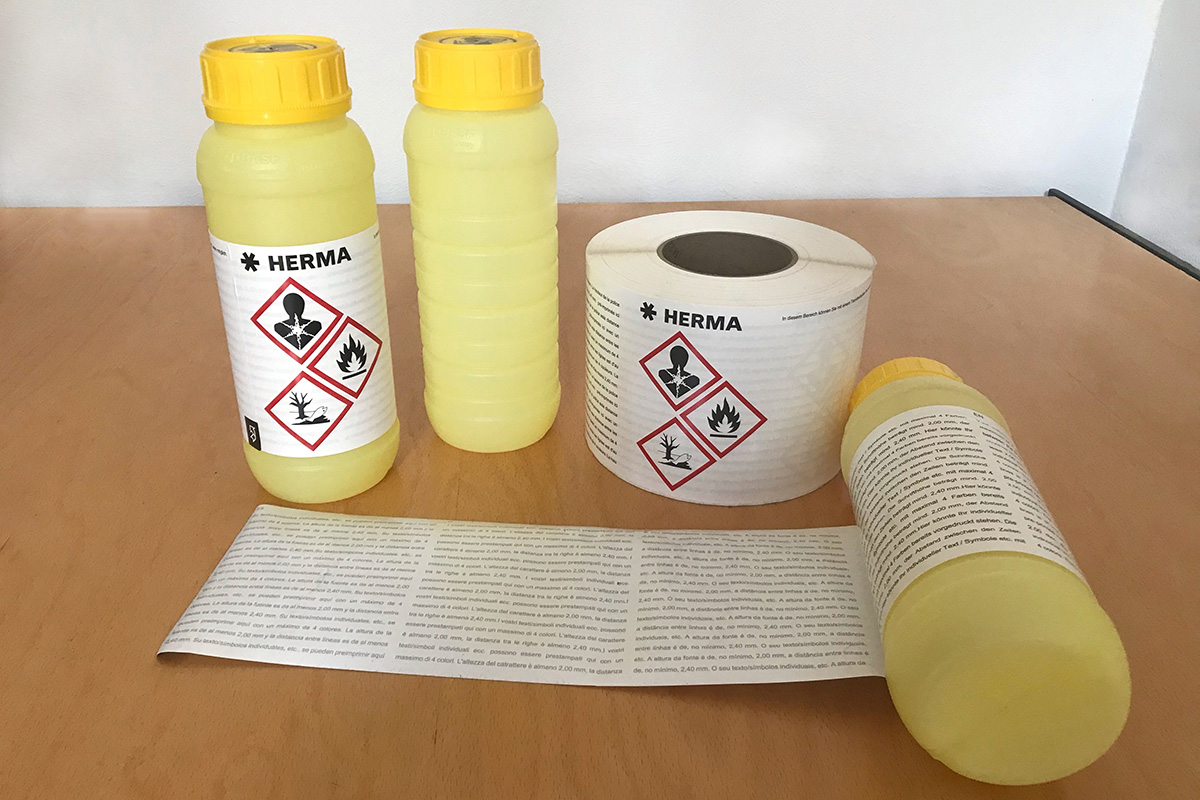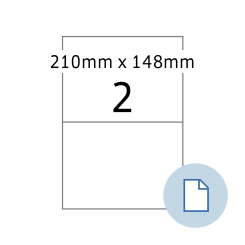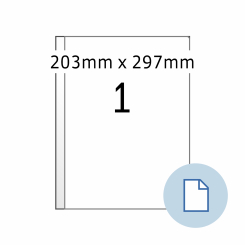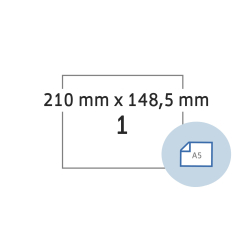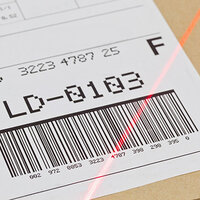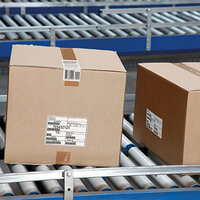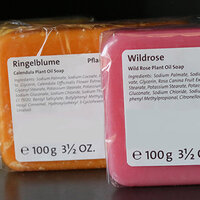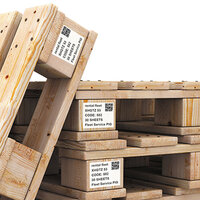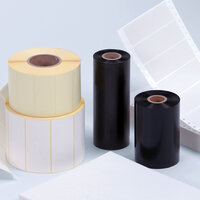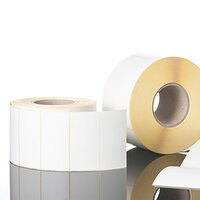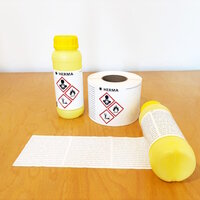Why are hazardous chemical labels necessary?
Hazardous substances are labelled in order to identify toxic and health-endangering substances in accordance with Germany’s Hazardous Substances Ordinance, the GHS and the CLP.
Labelling of hazardous chemicals and substances in products is subject to strict regulations. The GHS/CLP regulations stipulate globally uniform marking of substances that are toxic and hazardous to health in order to ensure the safety of persons who work with hazardous substances. GHS stands for Globally Harmonized System of Classification and Labelling of Chemicals. CLP stands for Classification, Labelling and Packaging of Substances and Mixtures. Distributors of products are required to label products and hazardous substances in accordance with these guidelines.
What are hazardous substances?
Substances and preparations (products or mixtures) are designated as hazardous if they have one or more of the properties specified in Germany’s Hazardous Substances Ordinance. The GHS lists “hazard classes”, which can be further subdivided, such as hazardous to health or explosive. Additional hazard categories indicate the severity of the hazard caused by a chemical.
Examples of hazardous substances: they can be explosive, corrosive, toxic, oxidising, self-reactive, infectious, carcinogenic or environmentally hazardous. Examples are engine fuels such as petrol and diesel, acids, propane, cleaning agents, volatile gases, and poisons such as arsenic. Fireworks and lithium batteries also fall in this category.
Hazardous substances play a role in many industries. Examples are chemicals, construction, metalworking, health services and cosmetics. In these areas hazardous substance labels make a significant contribution to occupational health and safety.
Hazardous substance labels have a wide range of applications: Every container or wholesale unit in which hazardous substances are stored or transported must be labelled in compliance with GHS/CLP. In other words, in laboratories, workshops and production facilities the contents of every container must be exactly declared by means of a label. This requirement also includes heating oil tanks and pumps at fuel stations.
What information must hazardous substance labels contain?
Hazardous identification labels must contain information on constituents, potential hazards and classification. This information is communicated in the form of standardised pictograms (hazard symbols).
Persons who work with a hazardous substance can learn about the associated risks from the elements of a label. The hazard identification labels show the type and severity of the hazard by means of pictograms, signal words, hazard statements and precautionary statements.
The standardised CLP/GHS pictograms call attention to hazards through their shape and colour. Each consists of a black symbol on a white background, enclosed in a red diamond. These pictograms considerably reduce the risk in use, transport, production and storage of hazardous substances. A product may have several hazardous properties, in which case it must be labelled with several pictograms.
Hazardous substance labels must contain the following information
This information ensures unambiguous identification and labelling:
- Name of the substance or mixture
- Hazard pictogram
- Signal word (Danger, Warning)
- Hazard statement
- Precautionary statement
- Contact data of the supplier
- Quantity / nominal capacity (if not stated elsewhere on the package)
Hazard pictograms
GHS hazard classes are visually represented by means of red and white hazard pictograms (illustration on the right). These show the hazards arising from the substance in question.
Signal words
DANGER identifies especially dangerous substances and WARNING identifies substances that are less dangerous.
Hazard statements and precautionary statements
are standardised phrases that describe the type and severity of the hazard.
How large must chemical hazard labels be?
The minimum size of a hazardous chemical label depends on the package size (volume). For example, labels for packages with volumes of 50 to 100 litres must have dimensions of at least A6 (105x148 mm). Containers with volumes of more than 500 litres must have labels of at least size A5 (210x148 mm).
Our online shop offers blank labels in standard formats, for hazard substance labels, made of PE Laser material. This enables you to produce small print runs of your labels with a laser printer.
If you have greater requirements, we can produce custom dangerous goods labels for you, pre-printed with one or more red diamonds. You can then add the necessary pictograms and further information with a laser printer (on sheets) or with a thermal transfer printer or colour inkjet printer (on rolls). Printing with black saves you toner and ink.
What are labels for hazardous substances made of?
Hazardous chemical labels must adhere securely to a wide range of containers. These can be drums, barrels, canisters, shipping containers, IBCs, FIBCs or bottles. The chemical hazard labels have to be able to meet the many challenges posed by different surfaces, such as metal, plastic, glass and wood. Depending on their purpose, hazard identification labels must be resistant to chemicals (acids, alkalis, solvents), dirt, grease and oil. Environmental factors such as heat, moisture, cold and UV radiation must also be taken into account, and sometimes even saltwater resistance is required. In these cases, special film labels can be the best solution for the hazardous substance labels. If, for example, chemical barrels are transported by sea, they must have saltwater certification. HERMA hazardous chemicals labels are seawater-certified according to the British Standard. Chemical hazard labels made of paper can be used on cardboard packaging and plastic films for identifying hazardous substances. This is especially useful for in-house transport.
HERMA’s hazardous substance labels are made of robust, yet flexible films with special properties. The adhesives have a large temperature range and are suitable for a wide variety of surfaces. Light-resistant printing inks (Blue Wool Scale 6-7) ensure long-lasting prints of GHS diamonds. Moreover, die-cutting can be performed according to your specifications. We will work with you to develop standards-compliant hazardous substance labels for your products – from the selection of materials all the way to printing.
Distinguishing features of HERMA hazardous substance labels:
- Reliable adhesion to a wide variety of containers
- Saltwater-resistant as per BS 5609/II
- Weatherproof, oil- and dirt-repellent
- Temperature-resistant from -40° C to +150° C
- Flexible and stretchable, ideal for curved surfaces
- Pre-printed GHS diamonds made of light-resistant printing inks (Blue Wool Scale 6-7) for long-lasting visibility
- Easy overprinting with laser printer (sheets) or thermal transfer printer / colour inkjet printer (rolls)
- Label format and die-cutting according to your specifications
Discover practical uses for dangerous goods and hazardous substance labels
Our ‘Solutions’ section has many more examples of label usage for a wide range of industries and requirements.
Labels for hazardous substances must adhere securely to a wide variety of containers – and they often have to be saltwater-resistant. Discover a practical use for GHS labels. Our ‘Solutions’ section has many more examples of label usage for a wide range of industries and requirements.
Ideal on metal drums and chemical containers: Seawater-resistant GHS labels
Track & trace in the chemical industry with chemical container labels
More information about chemical labels
CLP labelling for chemical products: wrap-around labels
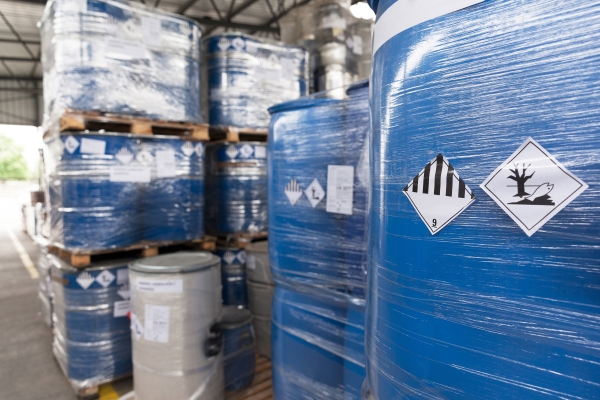
Comprehensive expertise for labelling your dangerous goods.
HERMA and BOXLAB Services have concluded a cooperative agreement for labelling dangerous goods. Even small quantities can be delivered quickly and in high quality - legally compliant and in conformity with standards.
Discover your advantages and detailed information on placards, warning plates and
hazard labels
CLP labelling for chemical products: wrap-around labels
HERMA's wrap-around labels are the ideal way to comply with the stricter labelling requirements of the new CLP Regulation for chemical products. Printable on both sides, ideal for multiple languages. Secure adhesion to all containers, machine-applicable, variable data can be printed on the outside. The flexible film material is chemical-resistant and seawater-certified. The label can be easily opened with the integrated tab, and the special adhesive allows the layers to be unwound easily.
Learn more about the advantages of HERMA wrap-around labels
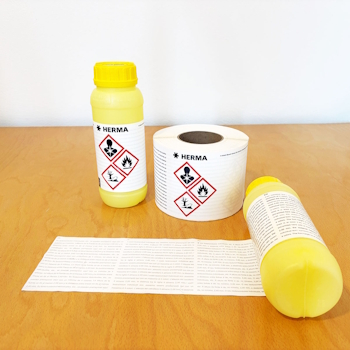

Request a quotation
We produce labels according to your specifications - to suit your application!
Please take a moment to give us some detailed information on the following page so that we can advise you well.


